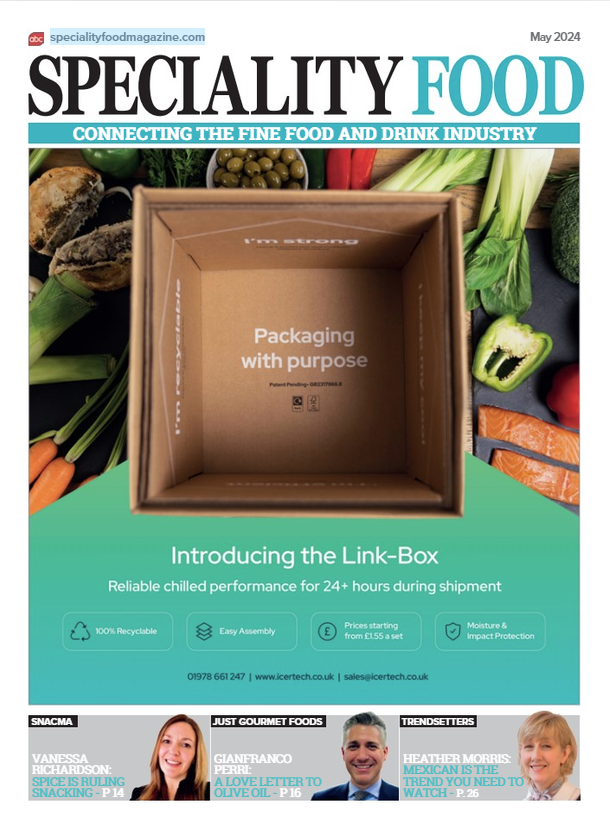- Italy has the most recorded and protected food, farming and viticulture products in Europe. Learn why these protected cheeses are so beloved in Italy and the UK

The Italian Trade Agency, the governmental body that supports the internationalisation of Italian SMEs abroad, together with the main PDO cheese consortia and the sector association ‘Assolatte’, launched the International Cheese Promotion Project in the UK at the beginning of 2023. Having previously delineated all the activities within this campaign, ITA is now shedding light on the key pillar that makes this project so effective and impactful: Italy’s rich ancient heritage and culinary culture.
Italy is best when it mixes its ancient culture and identity with an Italian way of doing economics: merging innovation and tradition, social unity, new technologies, beauty, and the ability to speak to the world without losing touch with its own territories and communities.
Its favourable climate and agronomic conditions provide a rich biodiversity to deliver high-quality fruits and vegetables globally. These qualities, paired with a strategic position in the Mediterranean area, make Italy a prominent producer and a competitive supplier of goods.
Italy has 842 GI classifications which serve as an excellent certification of quality, tradition, authenticity, employee standards and local ingredients. It is first in Europe for recorded and protected food farming and viticulture products: 581 PDO, 257 PGI, and 4 STG, followed by France, Spain, Greece and Portugal. These products contribute to 21% of exports in the Italian food-farming industry - a historical record in exports in 2021.
‘PDO’ (Protected Designation of Origin) is awarded to products of excellence that express a close tie to their territory of origin and follow specific production regulations to create quality. The characteristics are linked to a particular geographical environment, its raw materials, environmental characteristics and human factors resulting in the production, all of which takes place in the defined geographical area. These are without doubt key pillars for sustainability.
Italian dairy products, specifically cheese, do in fact have a strong history of being protected foods, from the PDO Grana Padano, Parmigiano Reggiano, Mozzarella di Bufala Campana, Taleggio, Gorgonzola that are more widespread in the UK, to the PDO Pecorino Romano, Pecorino Toscano, Provolone Valpadana, Asiago to cite just a few.
How about a delicious Gorgonzola Risotto to savour one of Northern Italy’s most iconic cheeses?
This recipe uses two symbolic cheeses, Gorgonzola PDO dolce and PDO Parmigiano Reggiano, however it’s versatile and allows for substitutes such as Grana Padano PDO and Provolone Valpadana PDO. Let’s delve deeper into the nature of these cheeses and both their similarities and differences.
Gorgonzola PDO is a soft, fat, raw paste, blue-veined cheese, produced exclusively with milk from the PDO area. No less than 220 pounds of milk are required to obtain one cheese, the weight of which, once seasoned, is approximately 12 kgs (26.5 lbs). Gorgonzola PDO is rich in minerals and vitamins, and it is available both as Gorgonzola PDO dolce and Gorgonzola PDO piccante. The former is creamier and sweeter, whereas the latter has almost a spicy piquant flavour with a more crumbly texture.
Parmigiano Reggiano PDO is made in the same way, in the same places, with the same expert ritual gestures as it was centuries ago. The maturity of the cheese affects its colour, flavour and texture. The younger 12 to 15-month-old cheese has a faint straw colour, is softer in consistency and has hints of fresh milk and yoghurt providing a sweet and sour taste. The more mature cheeses, which range between 24 to 36 months have an amber colour that deepens as it matures further. They are harder in consistency and smell like melted butter with a nice balance between a sweet and salty taste.
Regarding Grana Padano PDO, each wheel of cheese must age a minimum of 9 months, and after examination by testers from the Consortia and an impartial third inspection body, it receives a fire-branded mark to qualify and certify that it is perfect. If the wheel does not pass the tests, the rind will be “etched” (so as to hide the small lozenges) and cannot be sold as Grana Padano. Once it reaches 20 months of ageing, if the producer requests it, the wheels may undergo a further set of quality tests by the Consortia’s technicians, so as to receive the fire brand “Riserva”. Grana Padano may age to even over 24 months, obtaining a texture that becomes grainier, and its taste and flavour evolves, becoming more intense yet never overpowering. Due to these different ageing stages, Grana Padano cheese is very versatile, hence can be served on its own or included in a variety of recipes.
Provolone Valpadana PDO is a semi-hard stretched curd cheese with a smooth rind, obtained using cow’s milk at natural fermentation acidity. The cheese is completely original and distinguishable from other stretched curd cheeses due to its large dimensions and capacity to mature for long periods without drying out and, therefore, is not a typical cheese used for grating. There are two types of Provolone Valpadana PDO, one is sweeter with a delicate taste, while the other is sharper with a more decisive taste.
Don’t skip out on the other delicious recipes with different Italian cheeses as the stars of the show.
Stay tuned for the future projects that the Italian Trade Agency London Office will embark on via our social media platforms: Instagram, Twitter, Facebook Linkedin.
Click here




